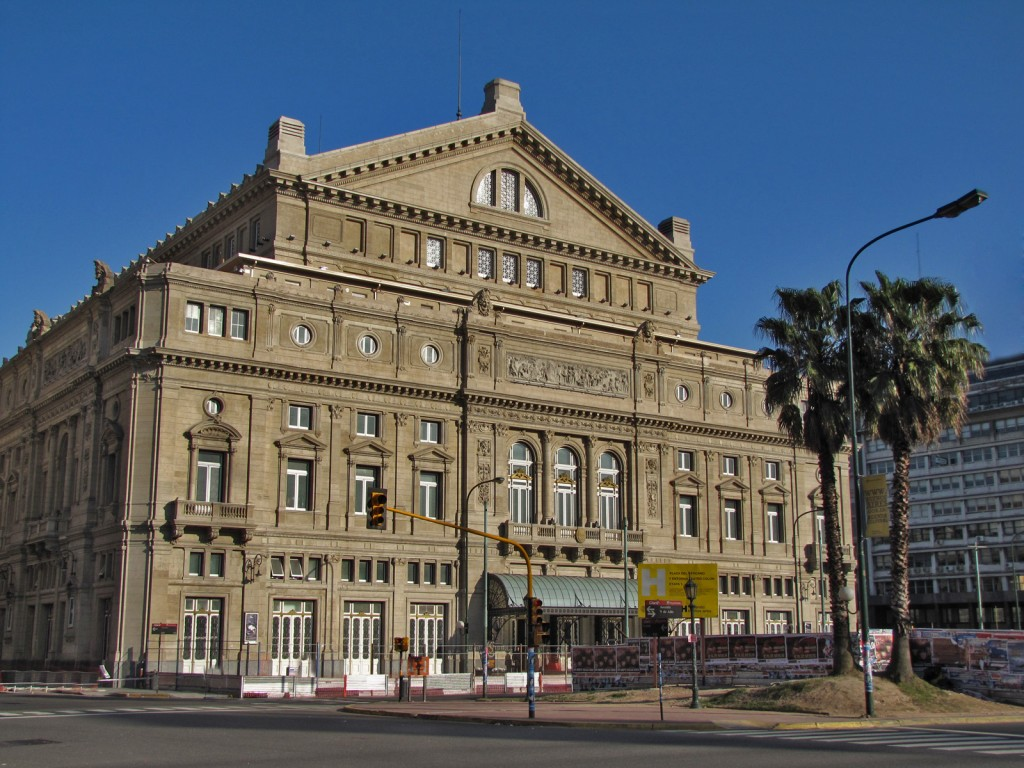TRAM RIDE YIELDS GORGEOUS VIEWING PLEASURES HIGH ABOVE PALM SPRINGS
PHOTOS By BRUCE KELLER
 |
| Snow at the top of the ride near the boarding area, in late February. |
.jpg) |
| Summer offers views of lovely greenery below. |
IN 1935, while on a trip to Banning, California, with newspaper publisher Carl Barkow, Crocker was nearly overcome by the heat. Mopping his brow in the sultry desert warmth, he gazed at the still snow-capped peak of Mount San Jacinto -- 10,834 feet elevation. He longed to “go up there where it’s nice and cool.” And so “Crocker’s Folly,” as it was soon dubbed by one newspaper woman, was born – a tramway up the sheer cliffs of Chino Canyon for stunning views of Mt. San Jacinto.
 |
| With snow still on the mountains, the tram offers a chance to play in snow at the top. Palm Springs residents take their kids up with sleds and toys. |
 |
| Climbing several thousand feet to the top are, from left: Bruce Keller, Sue & John Speight and Christene "Cookie" Meyers, excited at the view. |
AS WE SOARED above the desert wilderness to the breath-taking landscape of Mt. San Jacinto State Park. A few weeks ago, we enjoyed the stunning scenic vista, while families played in the snow. Then we hiked a well constructed trail from the Mountain Station.
 |
| The rotating tram was introduced in the late 1990s, making it the largest one in the world. |
As the Palm Springs Aerial Tramway cars inch up the mountain, they slowly rotate for guests to take in a full panoramic view of the rugged canyon below. Once to the top, guests can take it all in from observation decks, check out the natural history museum and two historical documentary theaters. Outside, enjoy more than 50 miles of hiking trails for the true outdoor enthusiasts. Docents are on hand both inside and outside to answer questions. There's a pleasant cafe with grab-and-go snacks for a picnic lunch or early supper. Peaks Restaurant is more formal, with lovely views and a pleasant ambiance offering a more relaxing dining experience. We enjoyed the restaurant with our friends from England.
- If you're planning to hike on your own, there are five trail options to choose from. They range in length and difficulty. For those looking for a leisurely nature stroll, our amiable docent recommended the “Long Valley Discovery Trail.” It's less than a mile and clearly marked for an easy loop. We saw many birds and found a clean restroom. For more experienced hikers, the 11-mile round trip hike to the peak of Mt. San Jacinto takes braver hikers to the second highest point in the state. My eagle-eye husband could see all the way to Catalina Island.
- Because it is such a spectacular feat of engineering, the tram was dubbed the “Eighth Wonder of the World.” Be sure to spend time in the "photo hall" where you'll see pictures of the difficult construction and helicopters used for much of the building process. The tram had its inaugural ride in 1963 and in the late 1990s a modern face-lift introduced the rotating tram cars.

Wildlife displays show the creatures in the
mountains. Two theaters show interesting films. - When planning your tram trip, we advise checking arrival and departure times carefully. Many people enjoy an afternoon trip up and the evening trip down, beneath the stars with the lights of the city below. The more formal restaurant is popular for celebrations and special events. And sunsets are spectacular at the top. Don't miss the last tram down, though. Tickets range from $18 to $31, but if you plan more than a couple visits, the summer pass and annual pass are a bargain with substantial savings. We met several local hikers who love them and come up weekly during the hottest months. For tickets or more information: pstramway.com

Next week, we visit a fascinating museum in Buenos Aires dedicated to the life, rise to fame and accomplishments of a young actress from the country who became a famous and beloved first lady. Eva Peron's Buenos Aires museum in her memory is our next feature. Remember to explore, learn and live and catch us weekly for a fresh spin on travel, the arts, nature, family and more. Please share the link: www.whereiscookie.com



.jpg)




























